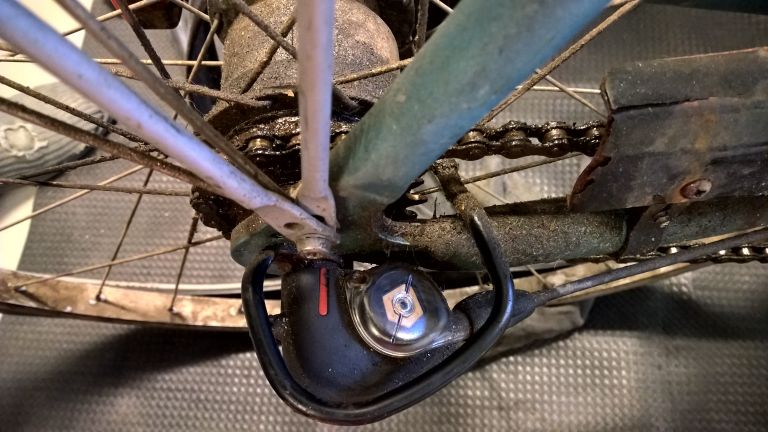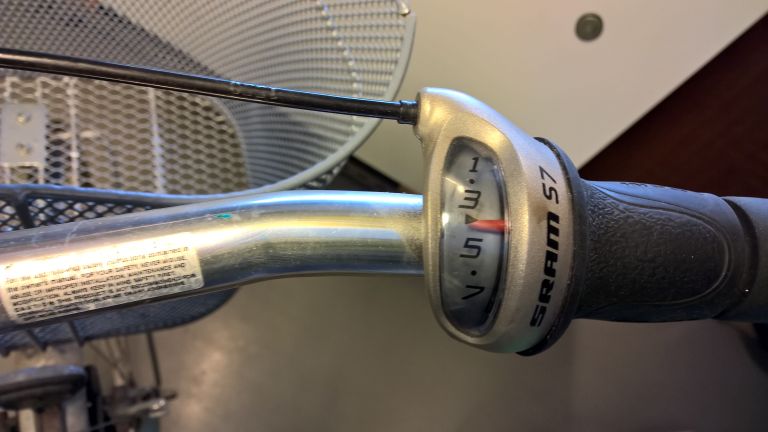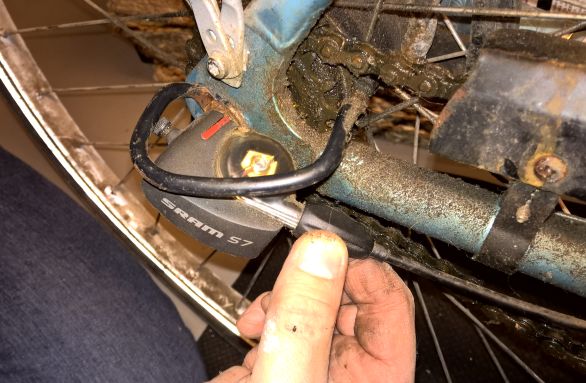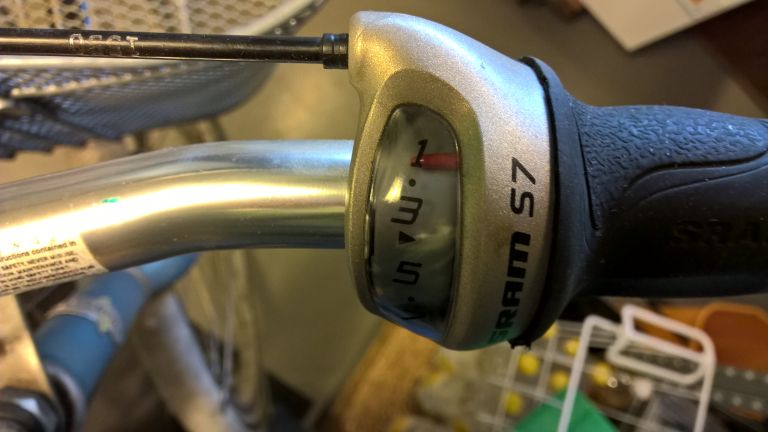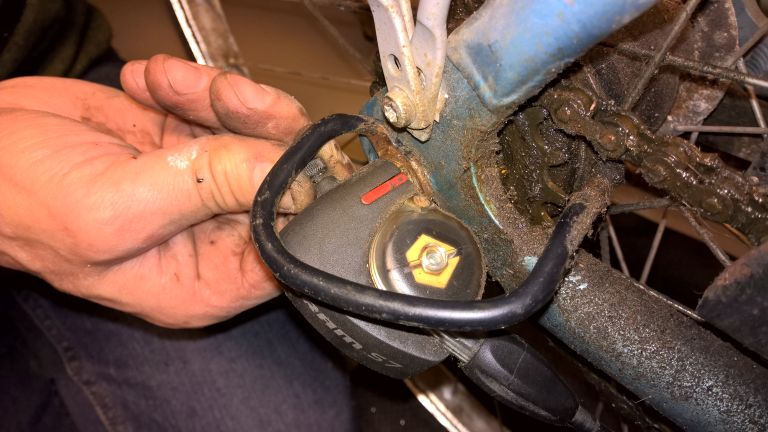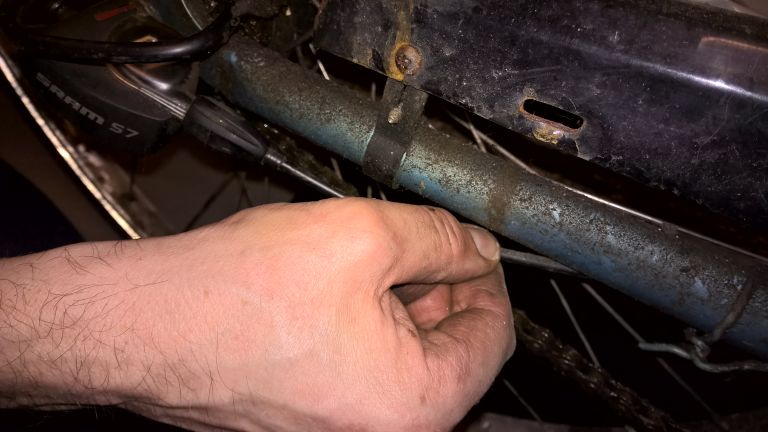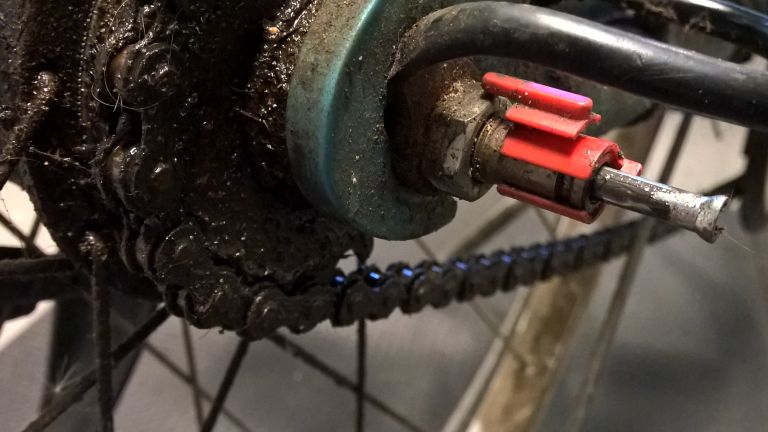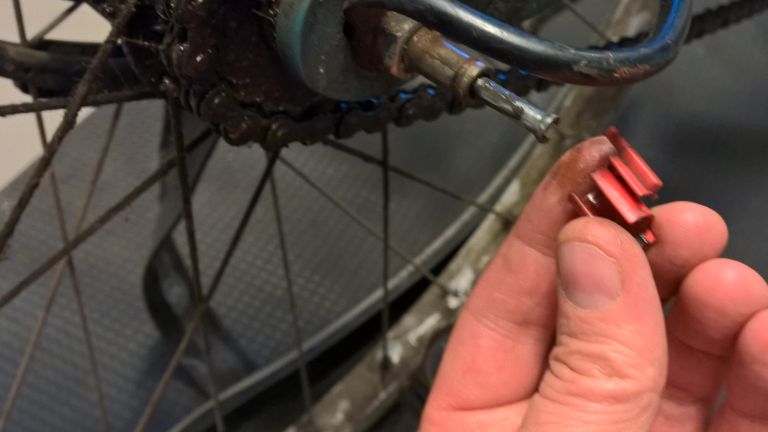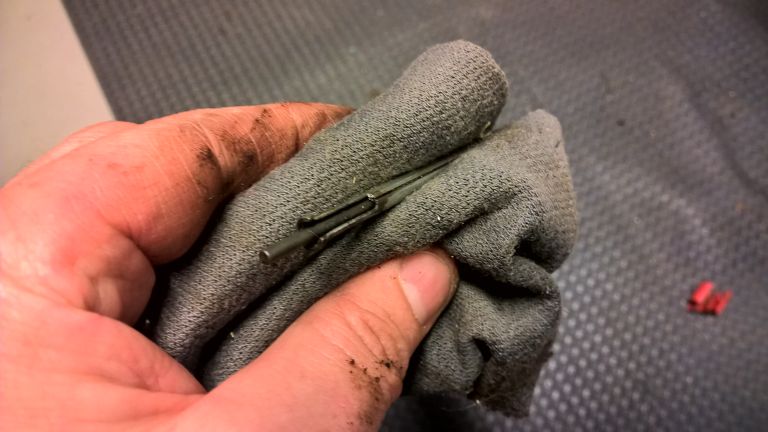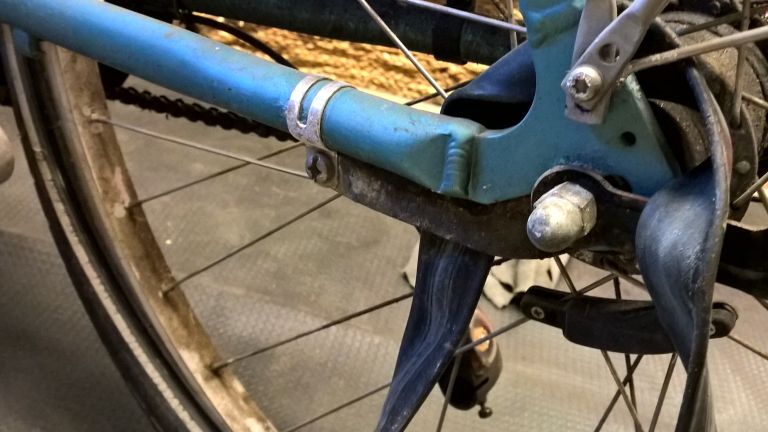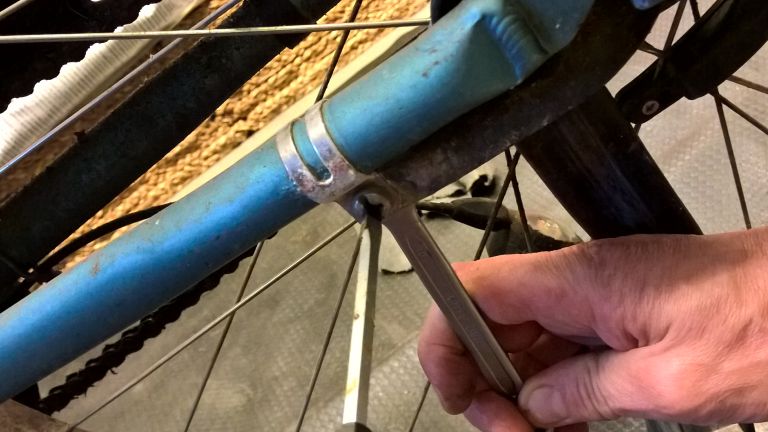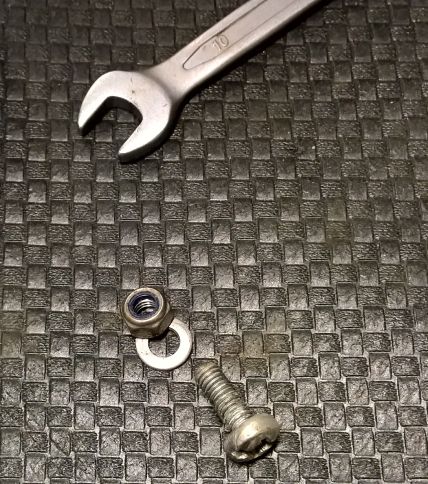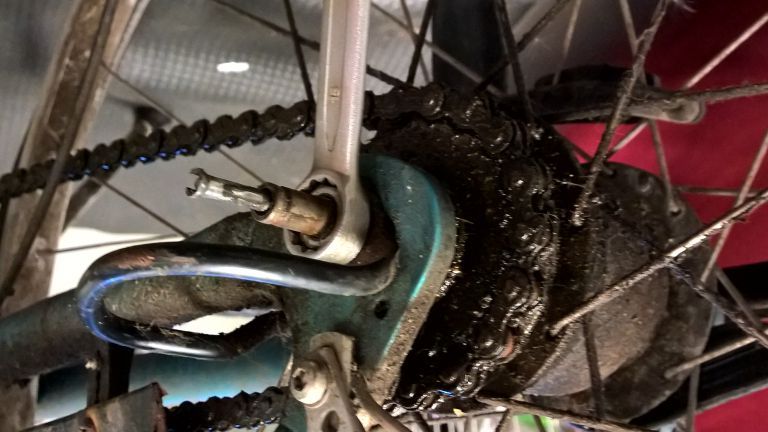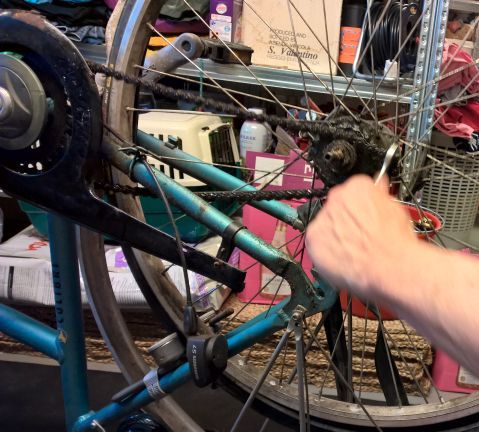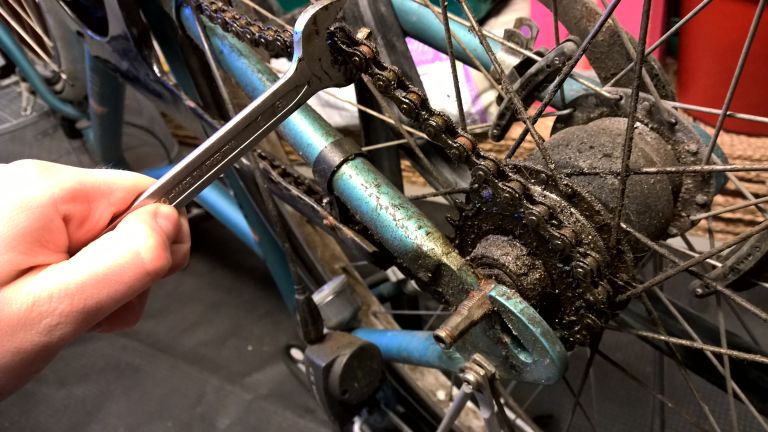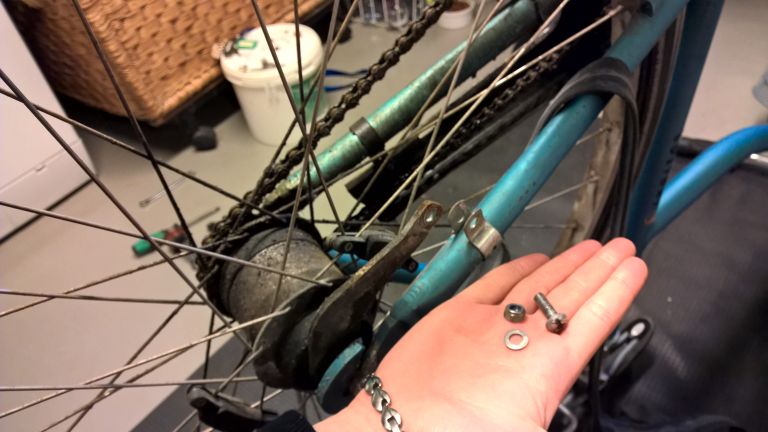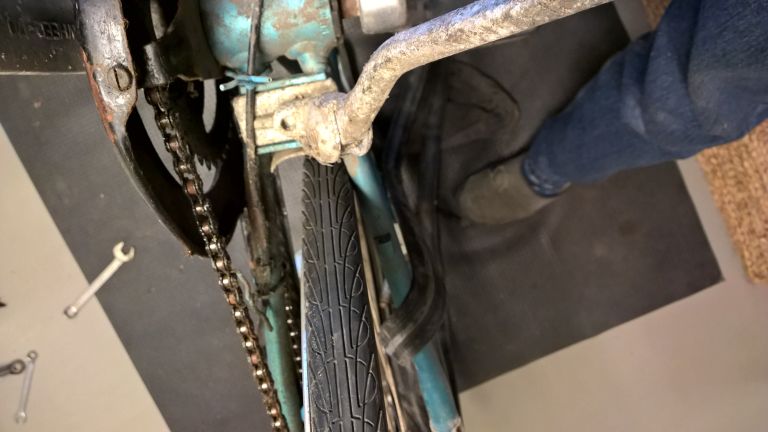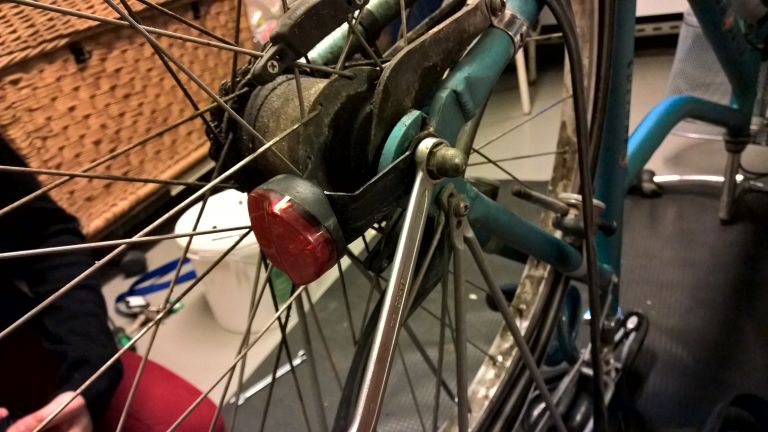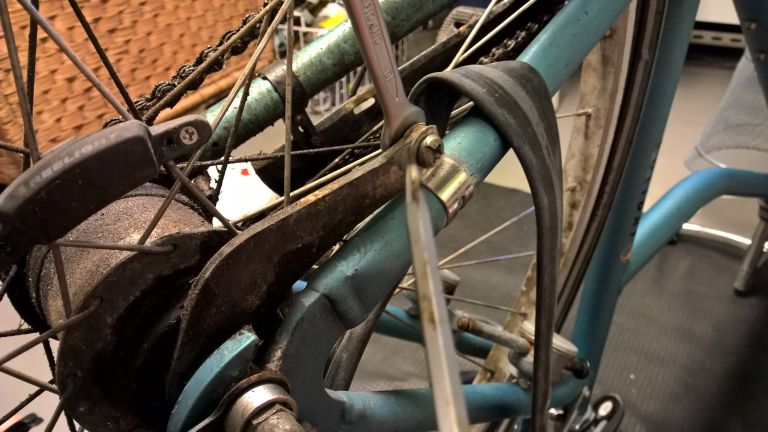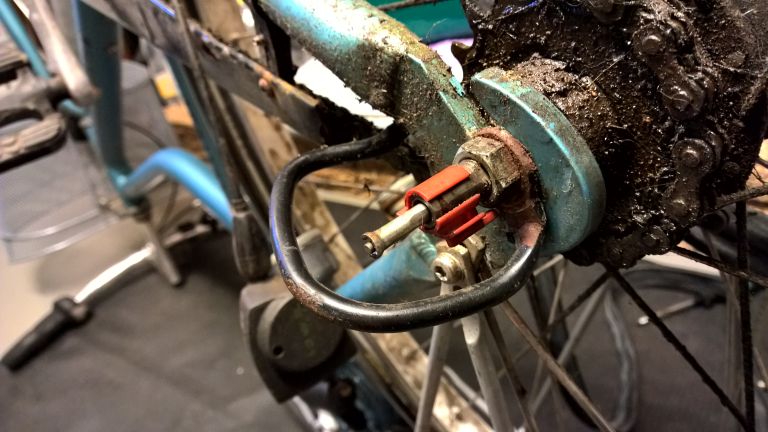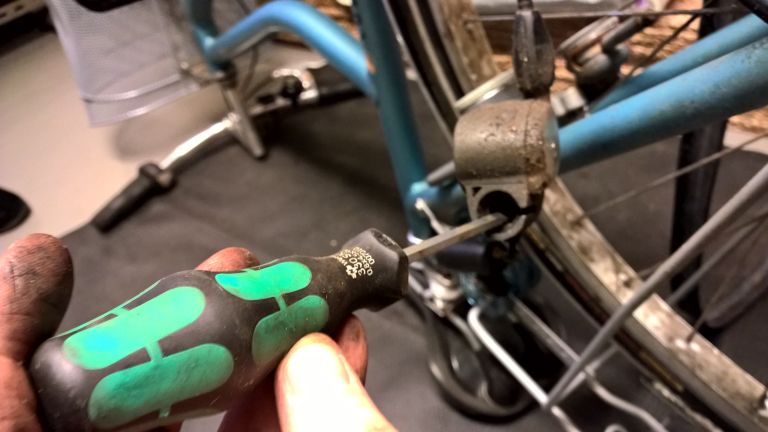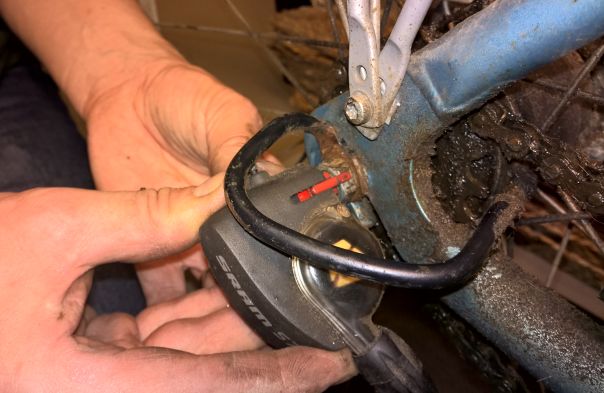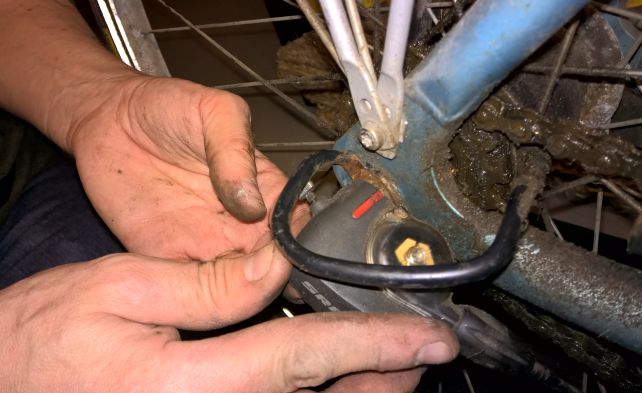Repair:
#1 defective valve.
That is the easiest to repair; just change to a new valve.
To detect if the valve is defect, pump the tire, apply a bit of spit on the valve-top, and watch if it develops an air bubble. When the valve isnt really tight anymore, it will slowly let out some air, which will inflate the spit to an air-bubble.
#2 - punctured tube.
When you are sure that the valve is tight, you have to take the tube out of the tire in order to find the hole.
First check the tire for small pieces of stone, glass, or even screws.
In case of a front-wheel, it is easiest just to take the complete wheel out.
In case of a rear-wheel with internal gear, it is easiest to just let the wheel be and only take off the tire on one side and take out the tube.
Open the tire on the side where there is NO CHAIN, so you avoid getting oil everywhere. Take out the tube completely
Find the hole by pumping the tube, then listening for air or submerging the tube in water.
Use sandpaper to prepare a landing-place on the tube around the hole, apply glue, wait until it is nearly not sticky anymore, than apply the repair-pad and press it on firmly for a minute or so.
If the repair-pad comes with an alufoil on one side and a transparent foil on the other side, first take off the alufoil because that is the side that has to be stuck onto the tube. After the pad is glued and dry, you should carefully take off the transparent foil, because otherwise its sharp edges can slowly cut into your tube as you cycle.
Re-mount the tube in the tire, but make sure that the tube is not twisted , and that the tube is not sitting in between the tire and the rim (especially around the place where the valve is).
You should be able to press on the valve and push it inwards easily, so you are sure the tube is not trapped between tire and rim.
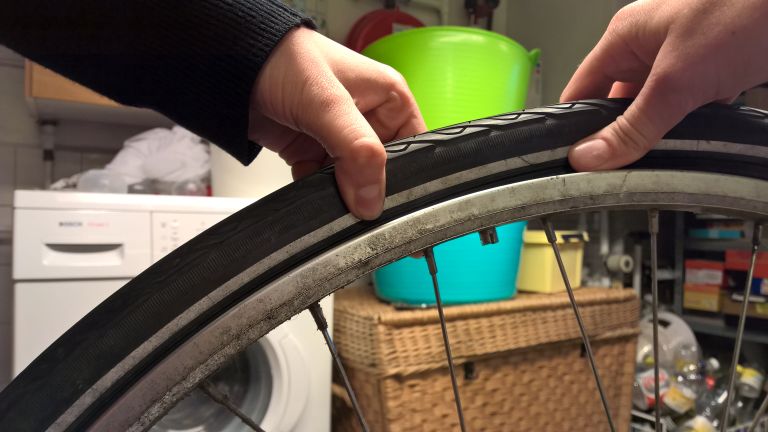
#3 - defective tube
Sometimes the hole in the tube is to big to be repaired. I experienced this several times with bad quality chinese tubes, where the tube had developed a rift at the place where it was moulded, without help from any sharp object.
In order to exchange the tube for a new one, you have to take out the wheel. That can be difficult for rookies, in case of a rear-wheel with internal gearing.
The following pictures describe how to do it for an SRAM-7s.
(A Shimano-7 is a bit easier, see a description of that in the end of the "repair your crank" section).

